Dialogue Editing for Different Mediums
At Syren, we provide audio and Sound Design services for a variety of mediums. As the company's Dialogue Editor, I want to talk about the different approaches I take towards editing for these mediums, including fiction films, documentary, podcasts, and gaming. Dialogue is key to creating a well-balanced sound design, and some would argue it is the most important part of the post-sound process. There are projects in which it has to be absolutely perfect, and ADR will be needed if it isn't, but there are also projects where as long as it is clearly understandable, background noise or interruptions aren't a huge deal.
GAMING
I want to start with dialogue for games, as it is by far the most intricate editing process I have experienced so far. The dialogue for games usually involves very short phrases or even singular words. They are all recorded professionally in sound-proofed recording studios, and because of this every single movement from the mouth is picked up in their top quality microphones. It is key that all clicks, pops, sharp S's and Th's are located and removed, therefore running a simple plugin through the DAW is not going to suffice. For this kind of work, I use the iZotope RX7 suite as a standalone and this is brilliant for editing and repair work using the spectral processing graph to pinpoint areas to remove. This is difficult work and your ears need fine-tuning to recognise those unwanted bits from the first listen.
FICTION
Dialogue editing for fiction is probably the second most intricate medium to work in. When you're trying to transport an audience into a fictional world you really don't want anything to distract them, and you definitely don't want anyone thinking 'what did they say?' (cough cough Christopher Nolan). This is why ADR is so popular in fiction, sometimes there are uncontrollable noisy conditions on set and this just isn't acceptable for the Sound Design on a project with high production value. It's always good to be reassured that the Sound Recordist has been in contact with the location scouts, but often the Dialogue Editor/Sound Designer is brought on later on in the process. If you've got only on-set sound recordings to work with, the first step to the dialogue editing for film is choosing which tracks are going to be used primarily. This is usually the boom mic, but then the lav mic can be used to substitute for a distant boom recording or sections with boom handling noise etc. If you're using both, it'll also be your job to ensure that the two mics sound as similar as possible, so you'll need to remove anything below 80Hz in the EQ and boost the substantial 2-4 kHz reduction in the Lav mics to compensate, alongside potentially playing with the lower-mids. Some slight noise repair plug-ins should be enough for noise removal, de-click, pop and ess.
PODCAST
Podcasting gives you a lot more freedom to do what you want with the dialogue, as there are no visual cues to match up. This means you can get rid of irrelevant uhms, ah's and breaths, and cut out rambling content. Although it's great that you can make things run more smoothly, it's important to keep some uhms and breaths, as podcasts need to sound like a live conversation and you don't want it to start sounding edited (recurring theme: the more noticeable it is that you did your job, the worse you did...) In terms of editing, again a simple EQ and some noise repair plug-ins running through your tracks should suffice.
DOCUMENTARY
My experience with dialogue as part of the Sound Design for documentary is a lot more relaxed than the other mediums. For Melita, a documentary about honeybees in Malta, I ended up having to use the interview sound recordings from a location recce when the first COVID lockdown in March made the crew come home early, and I was left with a mixture of some high quality shotgun mic clips from the actual shoot, and some low quality lav mic recordings from the recce. After a bit of editing, the general consensus was that the audience was far more forgiving to any lower quality parts, as it fits with the observational 'walk and talk' style of the documentary; the speech intelligibility was fine and therefore people weren't distracted. This is different with sit down interviews in formal, studio style documentaries, but of all audio projects I've worked on, documentary has definitely the most flexible in terms of the dialogue editing process.



